[Infographic] Programmatic vs. Traditional Media Buying 2021
June 19, 2017
So, you’ve heard of programmatic advertising, but what’s the difference compared to traditional display advertising?
Great question! This guide will give you all the information you need to master this topic.
We’ll cover each section separately first, but if you want to see the full infographic – have a look at the bottom of the page!

Main difference – Traditional vs Programmatic
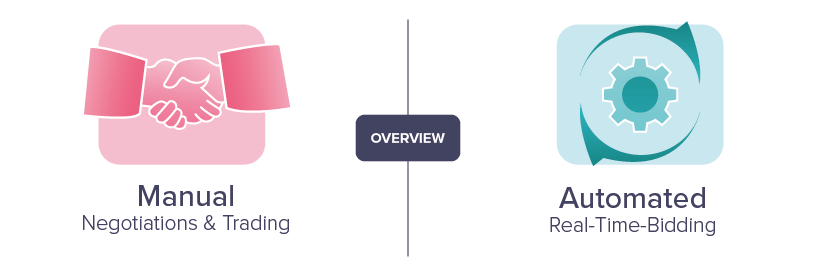
In traditional media buying, ad buyers and publishers manually trade digital ads.
Programmatic automates the process through something called Real-time bidding.
This allows you to buy ad space almost instantly – across millions of websites.
The buying process
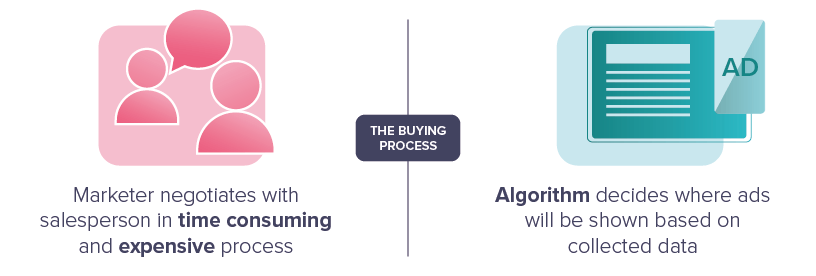
Traditional media buying involves a marketer manually negotiating prices, making the purchase directly from a salesperson.
This is a complicated and time-consuming process, which creates higher costs for the advertiser.
With programmatic, an algorithm collects and evaluates data and makes decisions about who will see the ad and where – based on which users are most likely to become customers.
Traditional vs. Programmatic pricing
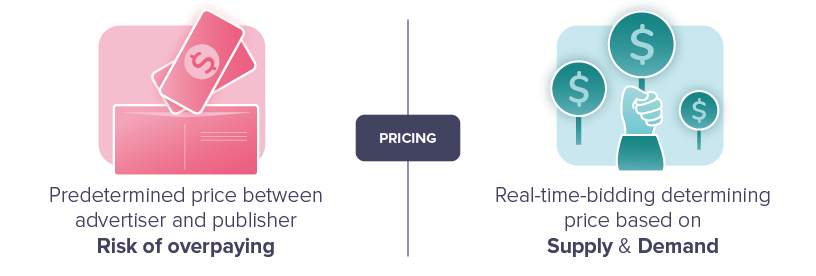
The pricing model for traditional media is based on a predetermined price which is negotiated between the advertiser and the publisher.
This creates a risk of overpaying for your ad placements.
Programmatic’s use of real-time bidding (RTB) has eliminated the advertiser’s risk of overpayment, with the market price being determined by supply and demand.
Differences in reporting
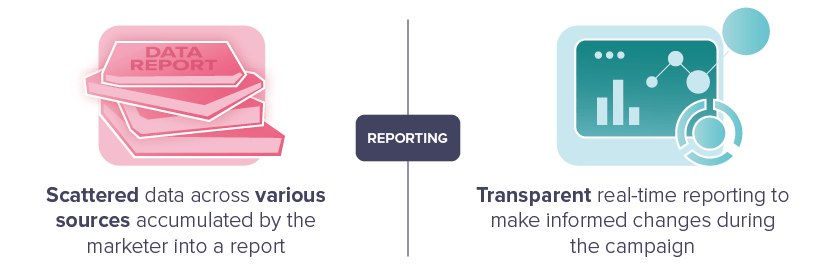
Reporting in traditional media buying features data scattered across various sources, all of which must be tracked down and collected by the marketer – or an agency – into an understandable report.
A key difference that sets programmatic advertising apart is its transparency.
Programmatic allows you to see – in real-time – how your campaign is performing, so you can make informed changes as you go.
Campaign Optimization
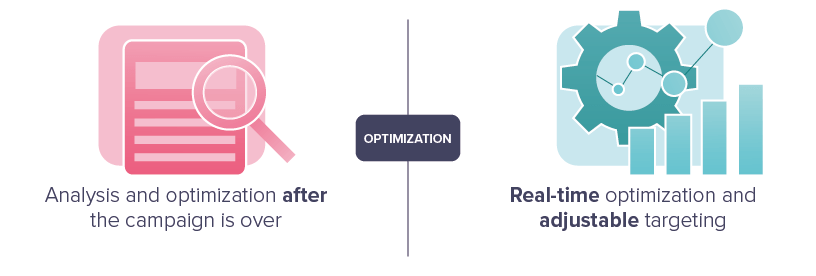
In traditional display advertising, you usually optimize your campaigns after they’ve finished.
Programmatic advertising allows for ongoing real-time optimization, and the targeting settings can be adjusted at any point during the campaign.
Efficiency
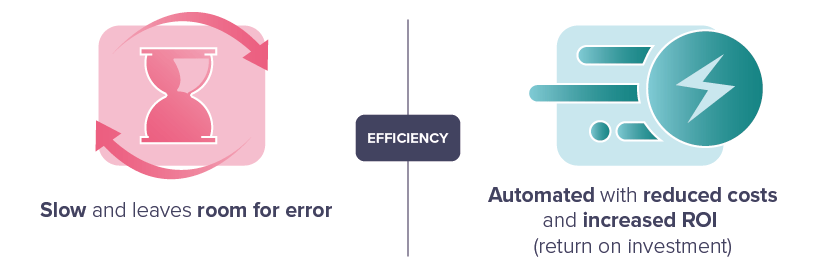
Compared to programmatic, traditional media buying is both inflexible and slow.
The amount of human labor in the process is time-consuming, expensive, and leaves a lot of room for error.
Programmatic advertising automates the process, with reduced costs and increased ROI (return on investment) as a result.
Conclusion
To put it short; programmatic advertising is faster, more efficient, and cheaper than traditional methods.
Advertisers can optimize their campaigns in real-time, and review them on an ongoing basis.
After switching to programmatic platforms such as Match2One, advertisers often see their ROMI (return on marketing investment) increased by more than 200%.

Interested in learning more about programmatic? Have a look at our ultimate guide to programmatic advertising!
Did you enjoy this article? Leave a comment and let us know!
Leave a comment
You must be logged in to post a comment.


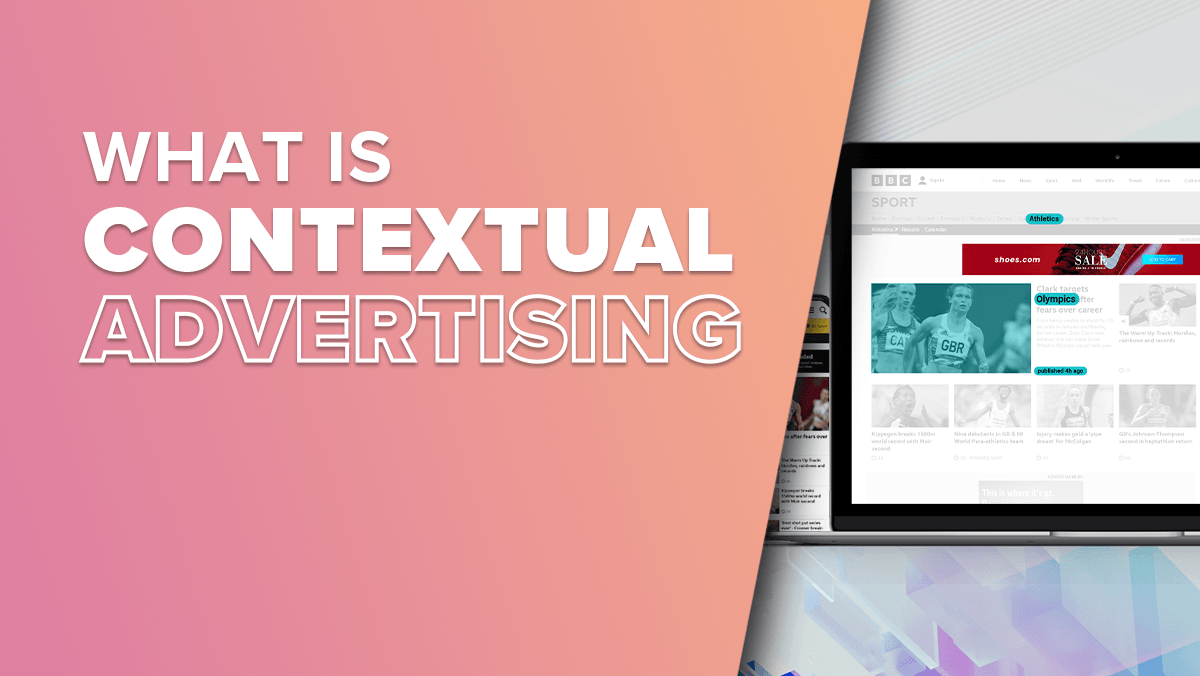
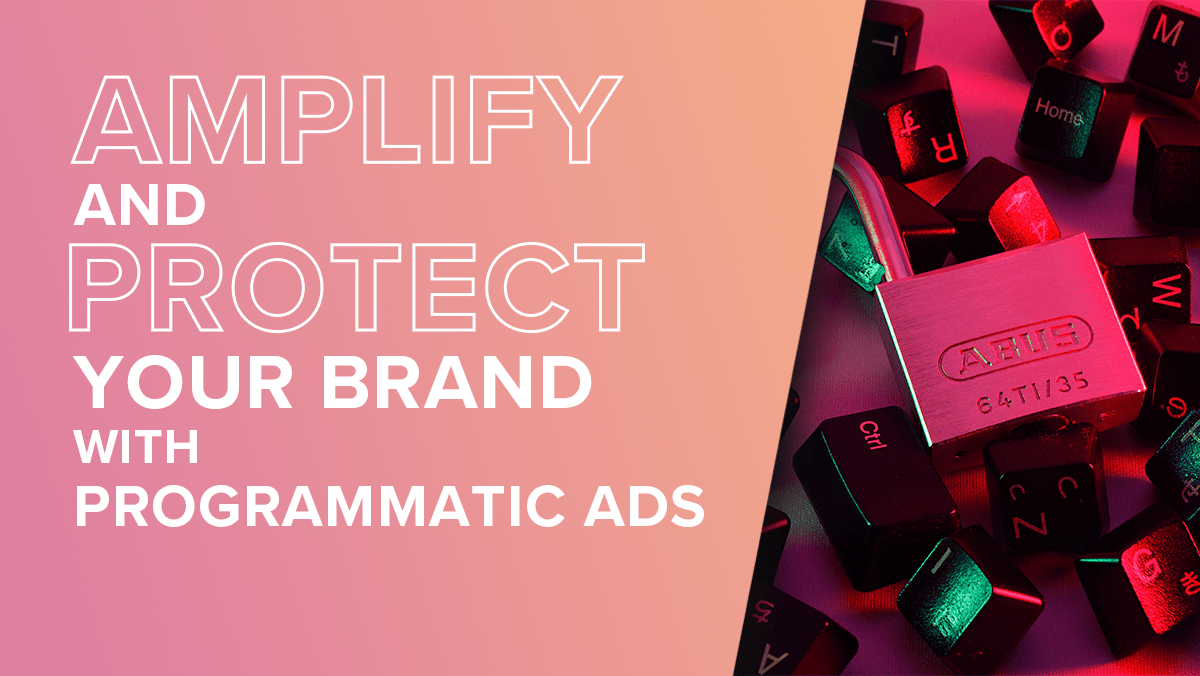
6 comments